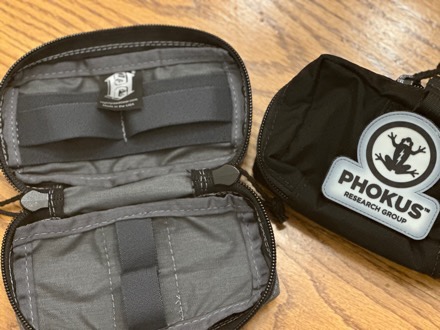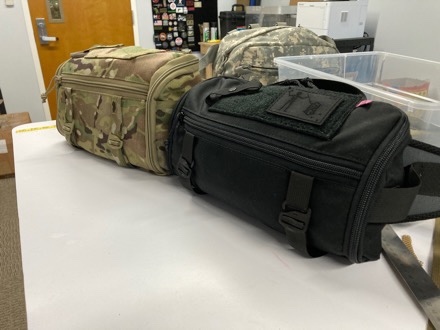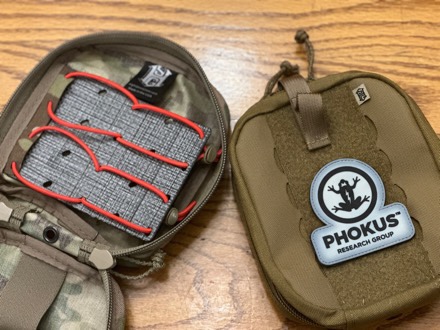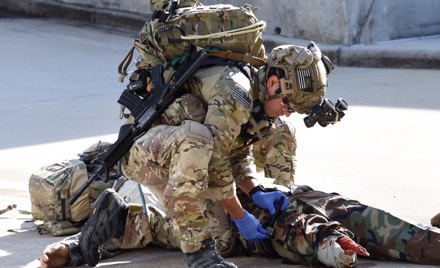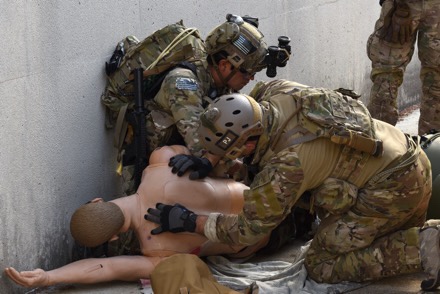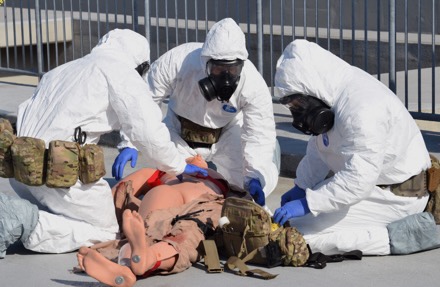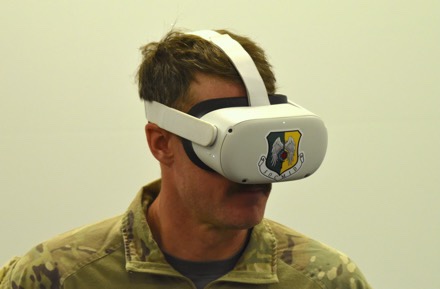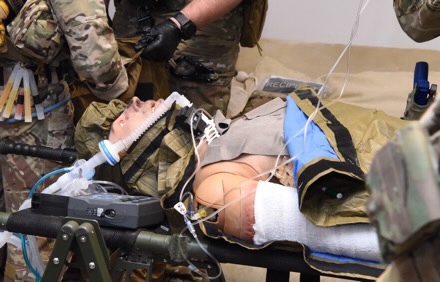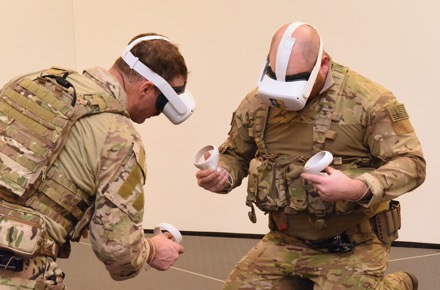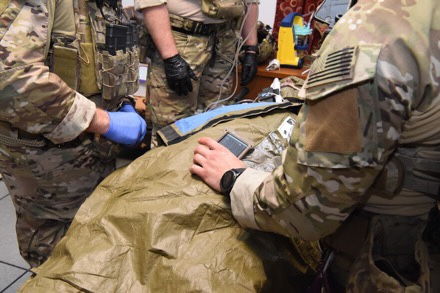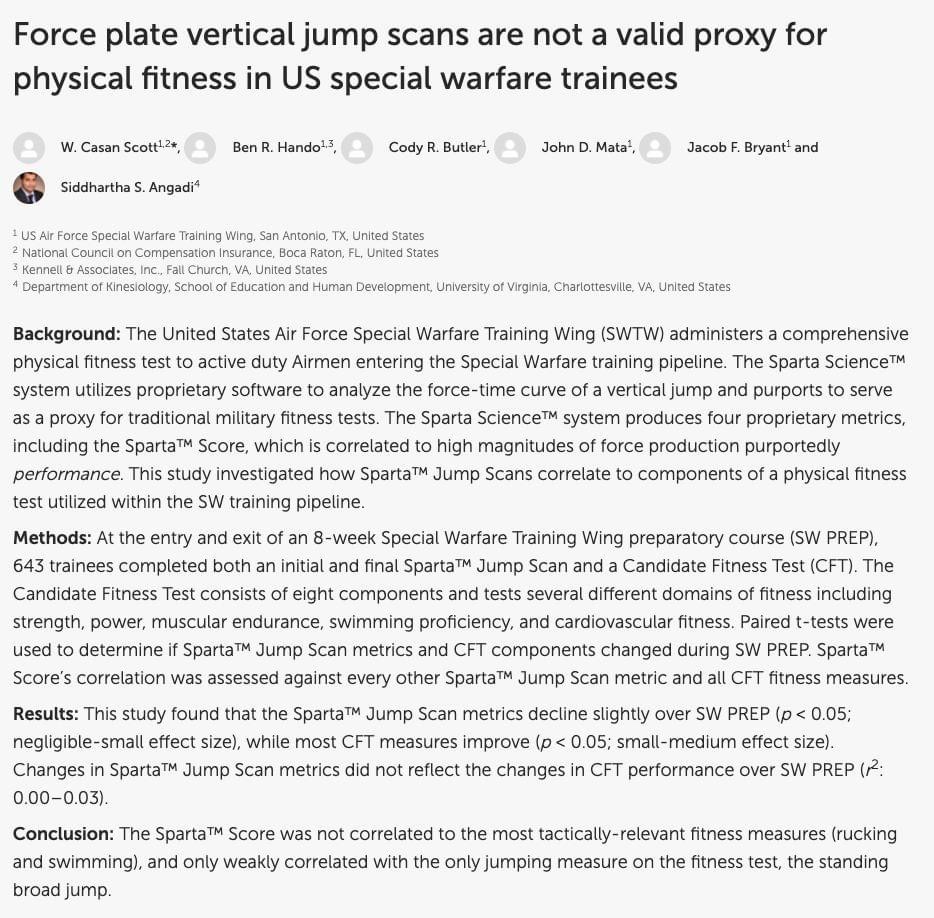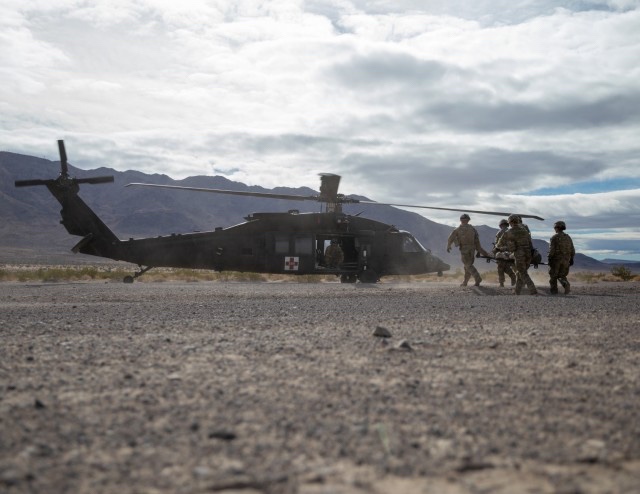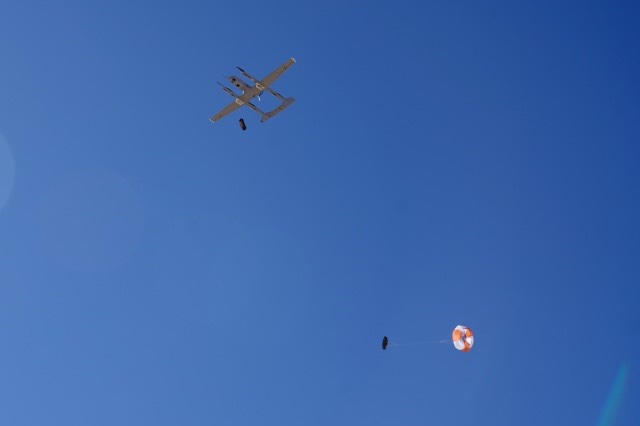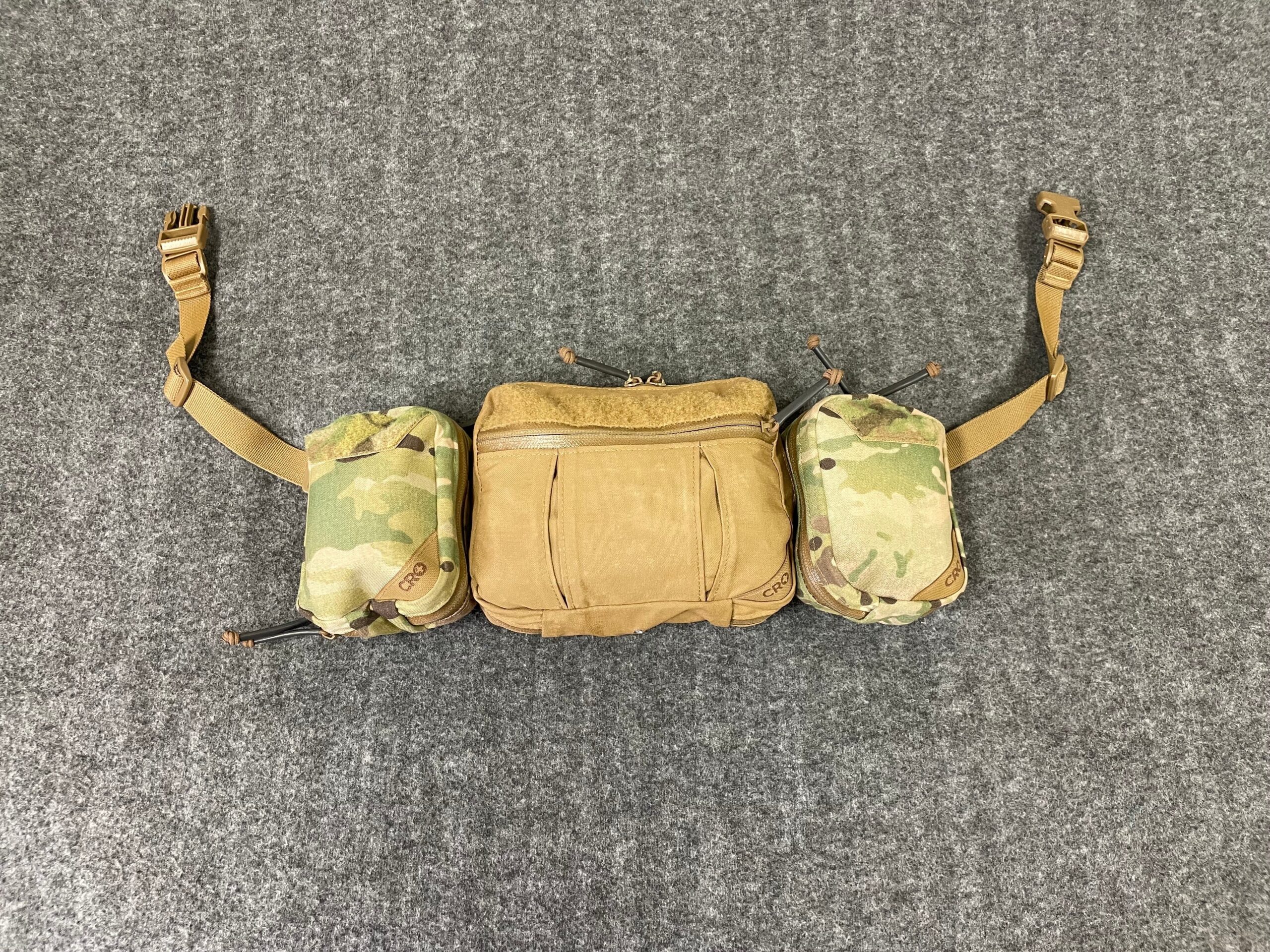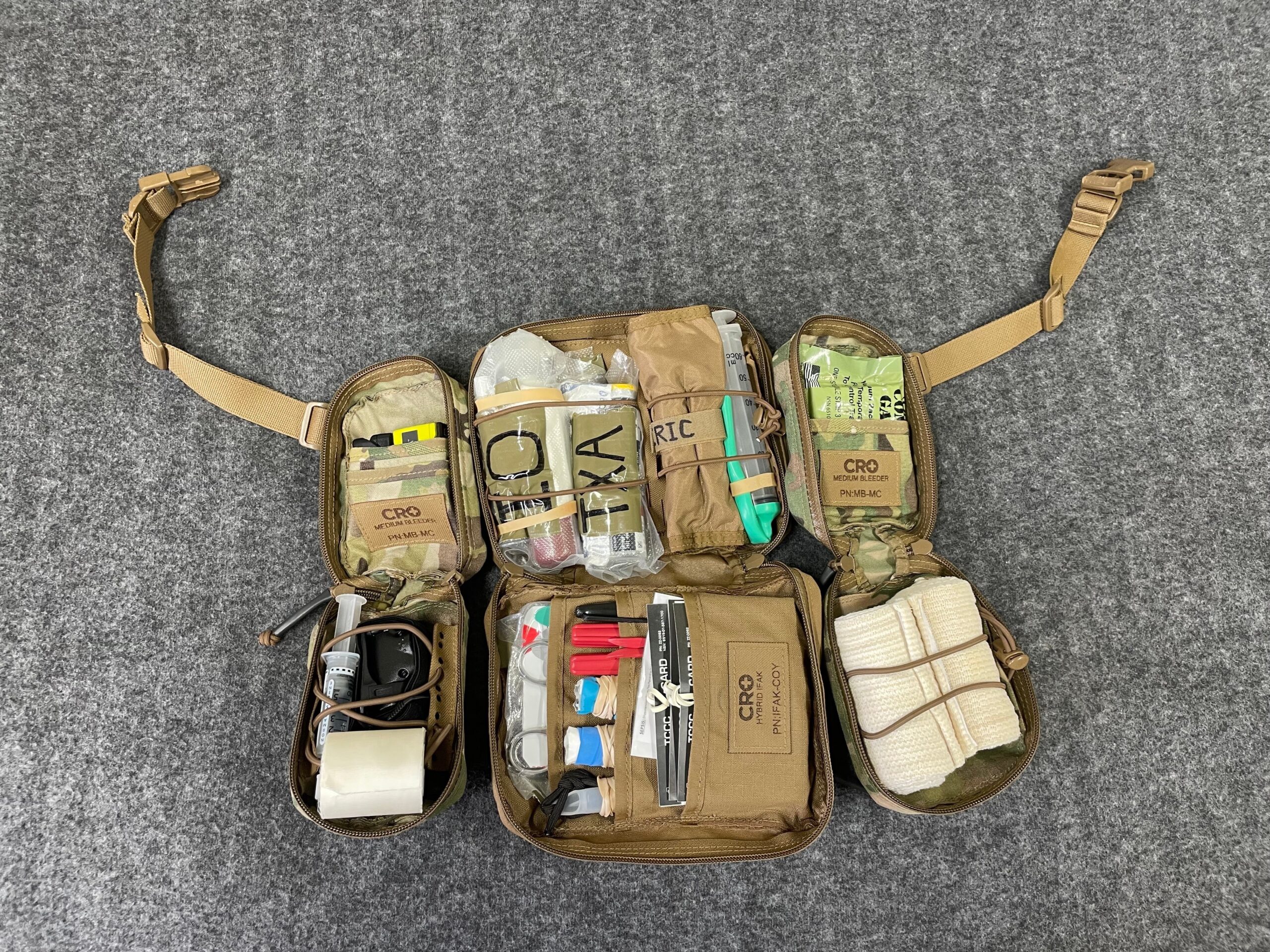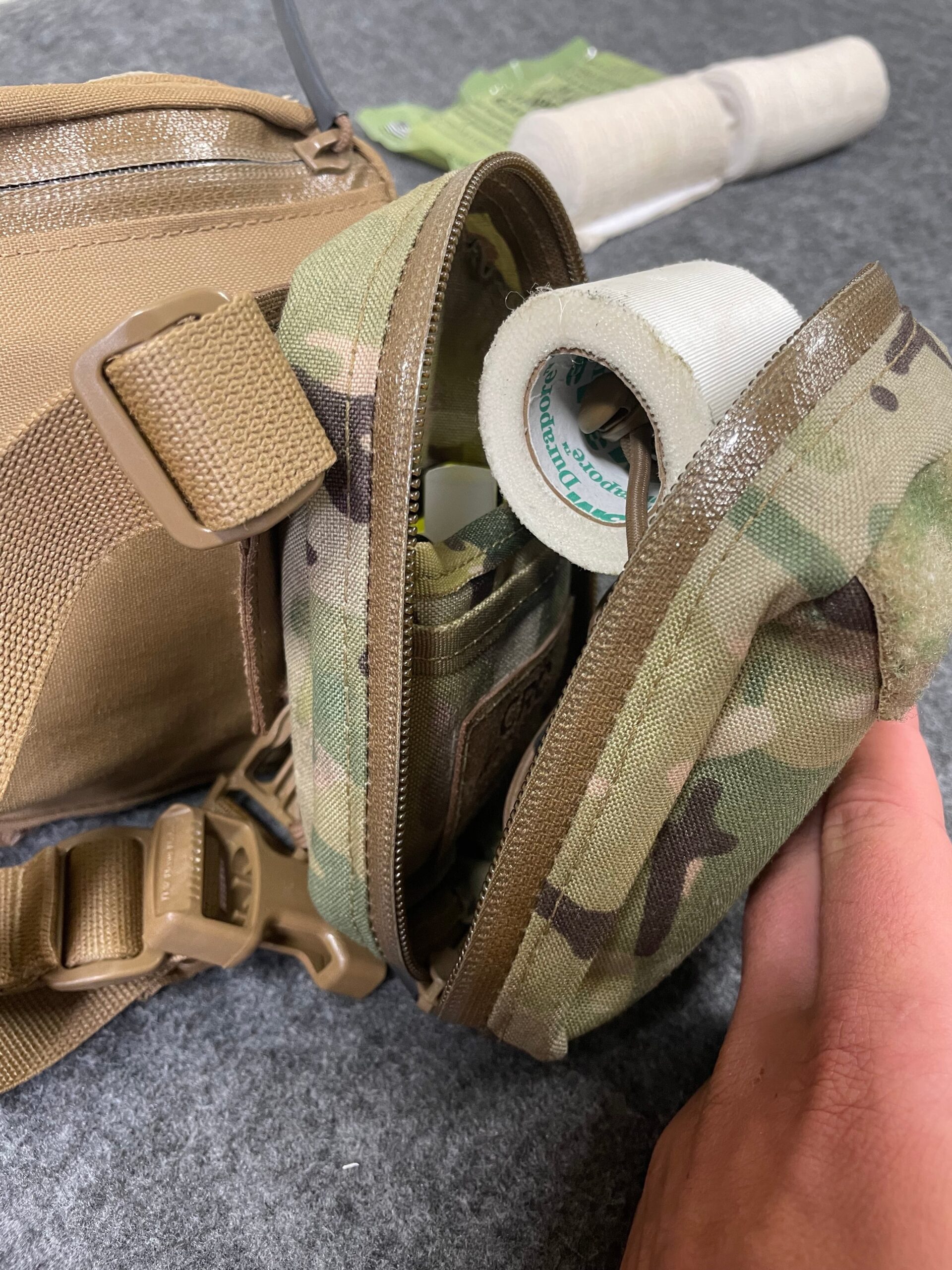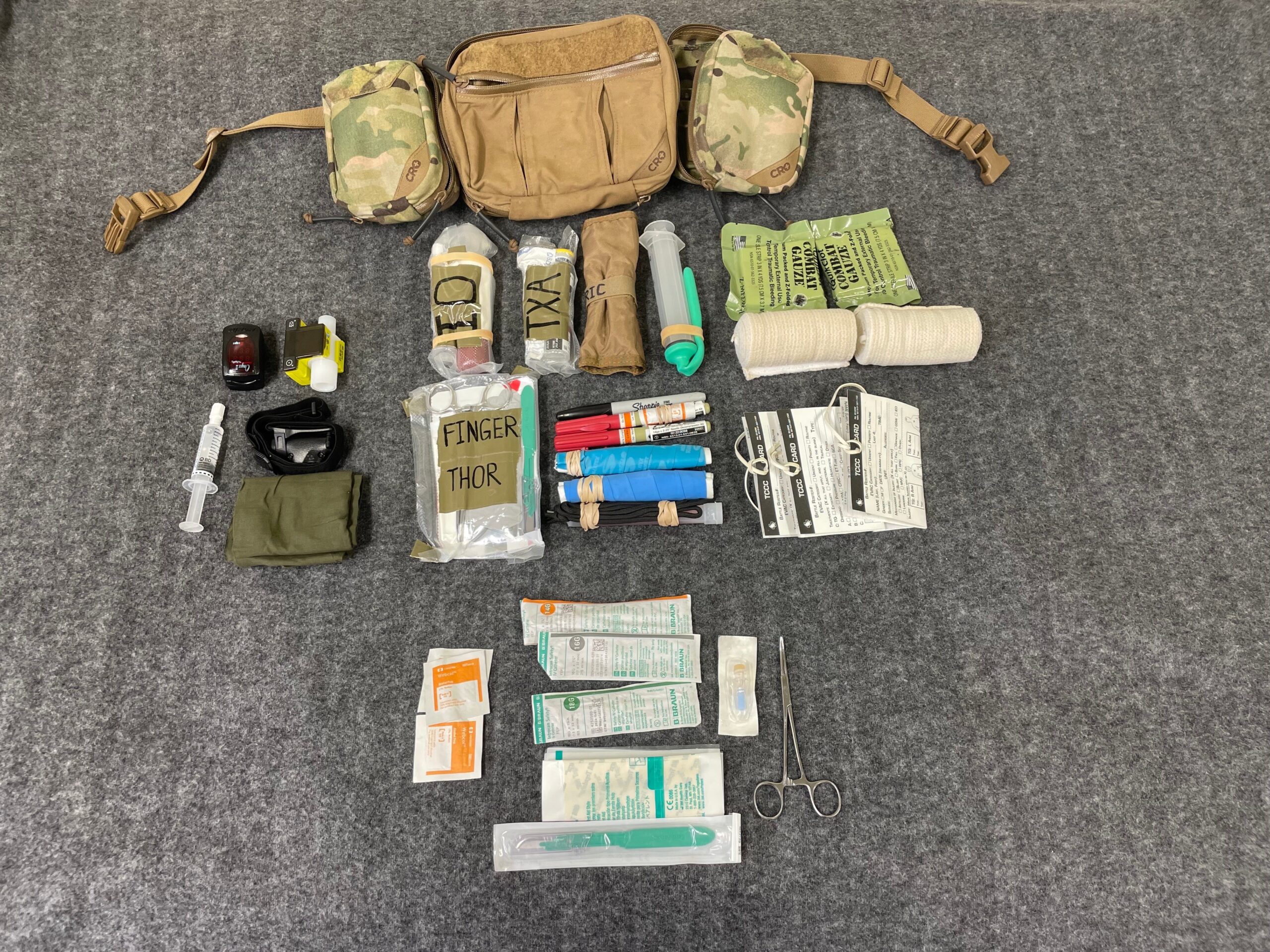Solution Based Innovation & Creative Tent International Partner to Offer Expeditionary Medical Capabilities
LAS VEGAS and VIRGINIA BEACH, Va. , Jan. 18, 2023 — Solution Based Innovation and Creative Tent International announced today a partnership to produce the most advanced, fully-integrated mobile hospital solution on the market that supports Department of Defense and Department of State missions.

CTI-SBI Team L-R: Micah Butler, CTI Project Mgr.; Paul Wilcox, CTI VP of Sales; Jacob Furbee, CTI CEO; Brad Stewart SBI CEO; Dr. Tim Coakley, SBI CSO
“We’re excited to integrate our expeditionary medical capabilities with Creative Tent International,” said Brad Stewart, CEO of Solution Based Innovation, LLC. “Our expeditionary medical solutions create a capability within the deployable medical space that currently doesn’t exist. With CTI and SBI working collaboratively, we can design, develop, integrate, deliver, and train personnel how to use a true turnkey solution.”
“CTI is excited to welcome SBI as our partner to deliver expeditionary medical capabilities to our customers. This partnership complements our current product portfolio and will enable us to better serve our large, diverse customer base, aligning with our purpose as an organization to provide shelter to the world,” said Jacob Furbee, CEO of Creative Tent International.
For the last two decades, CTI has led the engineered fabric structure industry in providing the warfighter with rapidly deployable, modularly configured shelters that deliver safe, reliable turnkey solutions for every mission including billeting and storage to sunshades and hangars for aircraft, from the MH6M up to the C-5 Super Galaxy. With SBI’s experience deploying UN Level 2 mobile hospitals, the companies will partner to provide engineered, proven structures and shelters systems for use in extreme, austere environments to the defense, aerospace, humanitarian, and healthcare markets. The SBI-CTI partnership adds the capability to integrate customized container systems, like the MeDConeX; expands its LAMS offerings; and creates a larger U.S.-based manufacturing footprint enabling both companies to better serve its customers.


